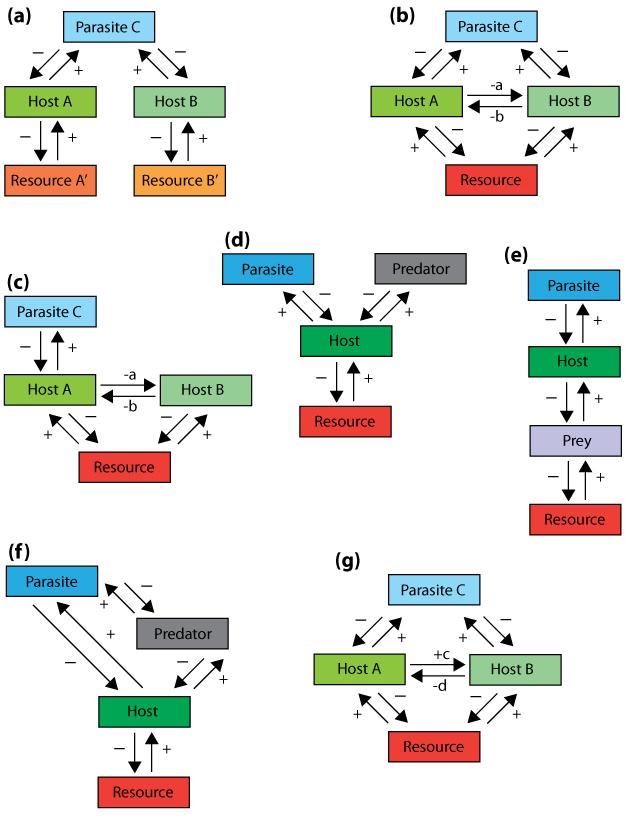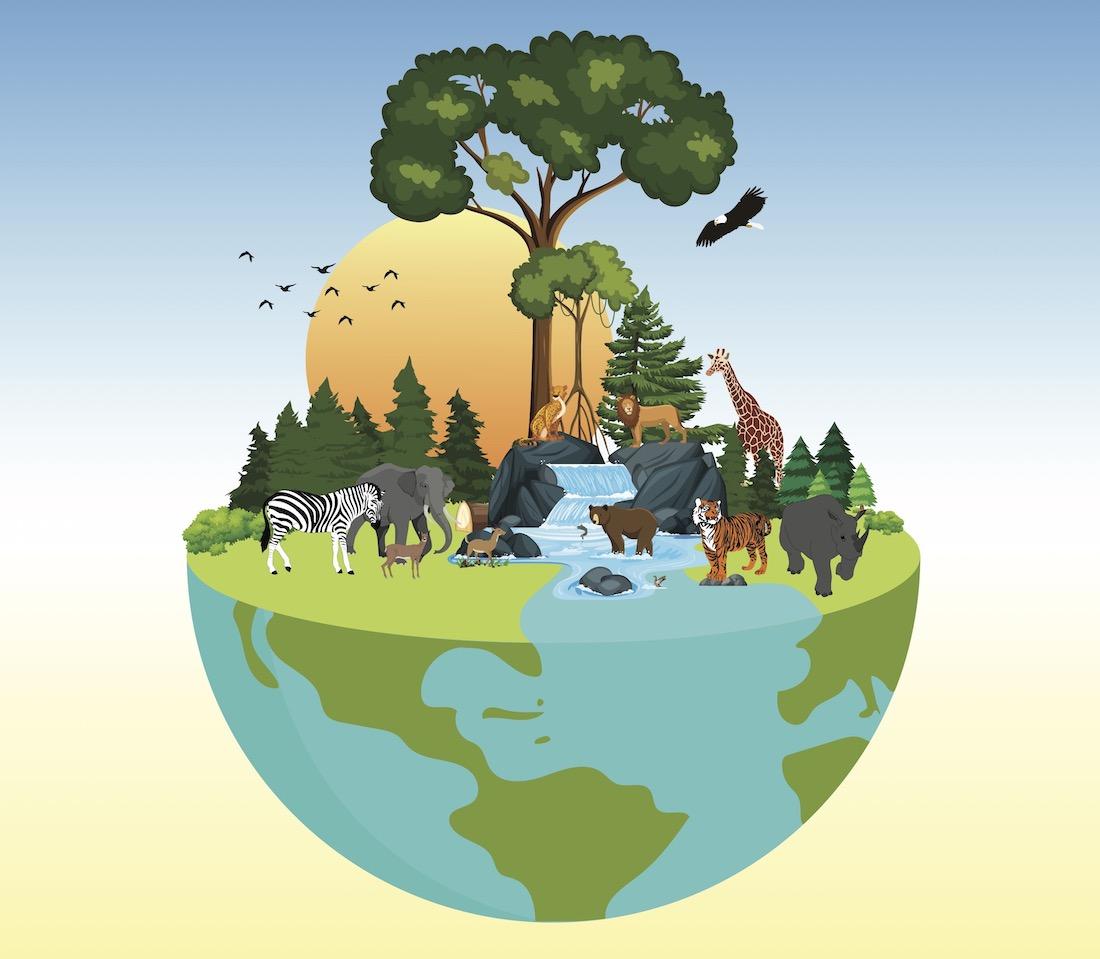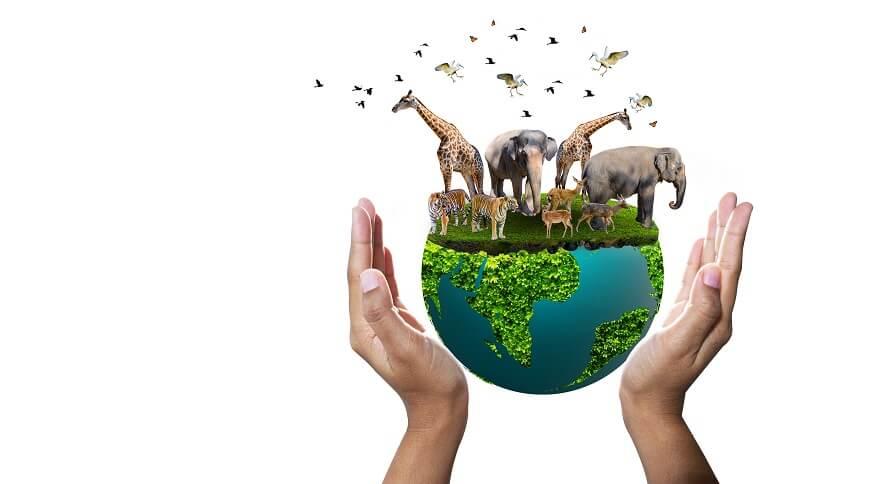In the grand tapestry of life on Earth, each thread is interwoven with countless others, creating a vibrant pattern that sustains the planet’s ecosystems. Biodiversity, often described as the variety of life in the world, encompasses the multitude of species, their genetic variations, and the complex ecosystems they inhabit. Yet, while the richness of our natural world is often taken for granted, its significance extends far beyond mere aesthetic beauty. Biodiversity is the foundation upon which human existence hinges; it influences our food security, health, climate stability, and even our economies. As we delve into the intricate web of life that surrounds us, we uncover the essential roles that diverse species and ecosystems play in maintaining the balance of our planet. Understanding why biodiversity matters is not just an academic pursuit; it is crucial for fostering a sustainable future for all living beings. Join us as we explore the myriad reasons to cherish and protect the delicate interconnections that define our world’s ecosystem.
Table of Contents
- Understanding the Intricate Connections Among Species
- The Economic Value of Biodiversity for Sustainable Development
- Preserving Ecosystems: Strategies for Community Engagement
- Future Generations: Cultivating a Culture of Conservation
- In Conclusion
Understanding the Intricate Connections Among Species

The natural world is a vast tapestry woven from countless threads, where each species plays a vital role in maintaining the equilibrium of ecosystems. These connections, often subtle yet profound, illustrate the interdependence among living organisms. For instance, plants provide oxygen and food, while herbivores help control plant populations, and predators regulate herbivore numbers. This synergy not only sustains life but also fortifies the resilience of ecosystems against environmental changes. Key relationships include:
- Mutualism: Both species benefit, such as bees pollinating flowers.
- Commensalism: One species benefits while the other is not significantly affected, like barnacles on whales.
- Predation: One species feeds on another, impacting population dynamics.
As our understanding of these intricate networks deepens, it becomes clear that the loss of any single species can reverberate throughout the ecosystem, leading to cascading impacts. To illustrate this, consider the role of keystone species—organisms vital for maintaining the structure of an ecological community. Without them, the ecosystem may undergo dramatic shifts, destabilizing the habitats of countless other species. The table below showcases a few examples of keystone species and their influence:
| Species | Role | Impact of Removal |
|---|---|---|
| Sea Otter | Prey on sea urchins | Sea urchin population surges, leading to kelp forest decline |
| Beaver | Dam builders | Water flow alteration, affecting aquatic habitats |
| Wolves | Predators of herbivores | Overgrazing a landscape, diminishing plant diversity |
The Economic Value of Biodiversity for Sustainable Development

The intricate dance of life on Earth forms the foundation of our economic systems, establishing a vibrant palette where each species plays a crucial role. The variety of ecosystems and the multitude of organisms within them offer a myriad of services that are essential for human well-being. Biodiversity supports agriculture by providing genetic resources for crops and livestock, enhancing food security and resilience to diseases. Additionally, diverse ecosystems contribute to natural pest control, reducing the need for chemical interventions and fostering healthier environments. Moreover, forests, wetlands, and oceans act as carbon sinks, mitigating climate change and its associated economic risks.
Investing in the preservation of biodiversity can yield significant returns for sustainable development. Ecotourism generates revenue while raising awareness about the importance of nature conservation, creating a symbiotic relationship between the economy and the environment. Additionally, a diverse biological landscape can bolster pharmaceutical advancements, yielding new treatments derived from countless organisms. The following table outlines some key economic benefits drawn from preserving biodiversity:
| Benefit | Description |
|---|---|
| Agricultural Diversity | Increased resilience and food production through diverse crops. |
| Natural Resources | Renewable sources for timber, fish, and other materials. |
| Tourism Revenue | Income generated from wildlife and nature-based tourism. |
| Innovation | New products and technologies inspired by biological systems. |
Preserving Ecosystems: Strategies for Community Engagement
Community engagement is vital for preserving ecosystems, as it empowers individuals to connect with their environment and take actionable steps towards preservation. Grassroots initiatives foster a sense of ownership and responsibility, encouraging locals to participate in conservation efforts. Community-based programs can include:
- Cleanup Drives: Organizing regular litter-picking events in local parks and natural areas.
- Educational Workshops: Hosting sessions that focus on the importance of biodiversity and ecosystems.
- Citizen Science Projects: Encouraging people to collect data on local wildlife, such as bird counts or pollinator sightings.
Collaboration with local organizations and schools can amplify these efforts, creating a cohesive network committed to protecting the environment. Forming partnerships with local businesses and authorities can help secure funding and resources, as shown in the table below:
| Partner Type | Contribution |
|---|---|
| Local Government | Policy support and funding |
| Schools | Education programs and volunteer students |
| Businesses | Sponsorship and resources |
Engaging local communities through these strategies not only raises awareness about the significance of biodiversity, but it also cultivates a collective spirit aimed at maintaining the delicate balance of ecosystems. By allowing communities to lead conservation efforts, the impact can be both profound and lasting.
Future Generations: Cultivating a Culture of Conservation
As we look towards the future, the importance of instilling values of sustainability and stewardship in younger generations cannot be overstated. A culture of conservation can be nurtured through education and engagement, fostering a sense of responsibility toward the natural world. By encouraging children and youth to explore, respect, and protect their natural environment, we lay the groundwork for a society that values biodiversity and understands its essential role in our survival. Schools and community organizations can play a pivotal role by:
- Implementing hands-on environmental education programs that connect students to their local ecosystems.
- Encouraging participation in conservation projects such as tree planting and wildlife monitoring.
- Creating partnerships with local environmental organizations to provide mentorship and resources.
Moreover, instilling a sense of wonder and curiosity about the intricacies of life can greatly enhance our collective appreciation for biodiversity. Encouraging outdoor exploration and scientific inquiry allows children to witness the delicate balance of ecosystems firsthand. To reinforce these experiences, communities can establish initiatives that promote:
| Initiative | Description |
|---|---|
| Nature Clubs | Weekly gatherings for hands-on learning about local wildlife. |
| Citizen Science Projects | Encouraging community involvement in data collection for research. |
| Biodiversity Days | Community events focused on celebrating local flora and fauna. |
In Conclusion
the intricate tapestry of biodiversity weaves together the myriad forms of life that inhabit our planet, each thread essential to the balance of our ecosystems. As we navigate the challenges of a rapidly changing world, recognizing the value of this web of life is not merely an ecological concern, but a matter of survival. Every species, no matter how small, plays a role in the delicate dance of existence, contributing to the resilience and richness of our environment.
It is imperative that we cultivate a deeper understanding and appreciation for biodiversity, ensuring that our actions today honor and protect the legacy of life in all its forms. As stewards of this beautiful Earth, we hold the power to influence and shape the future of our ecosystems. By advocating for the protection and preservation of biodiversity, we not only safeguard the services it provides—clean air, fertile soil, and a stable climate—but also ensure a thriving planet for generations to come.
Let us remember, the fate of our species is intertwined with that of countless others. In nurturing biodiversity, we nurture our own existence. The time to act is now; together, we can weave a future where life flourishes in all its diversity, enriching both our world and our lives in ways yet to be discovered.



